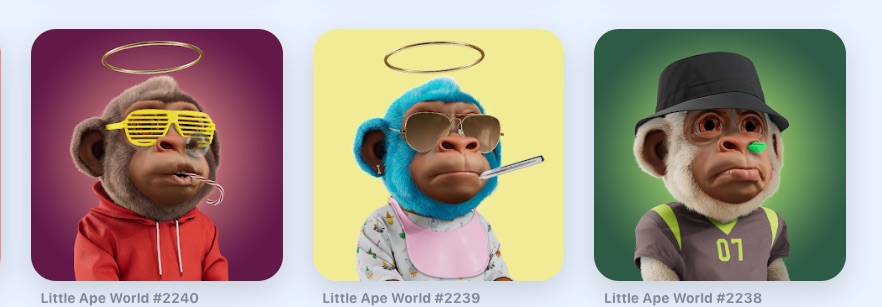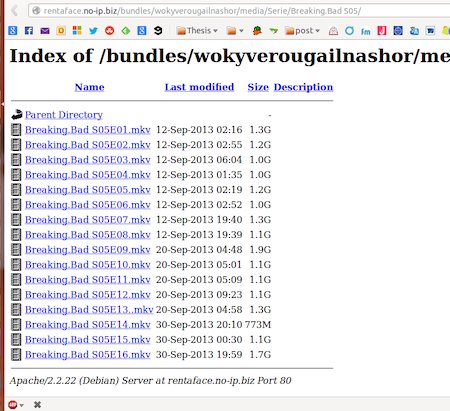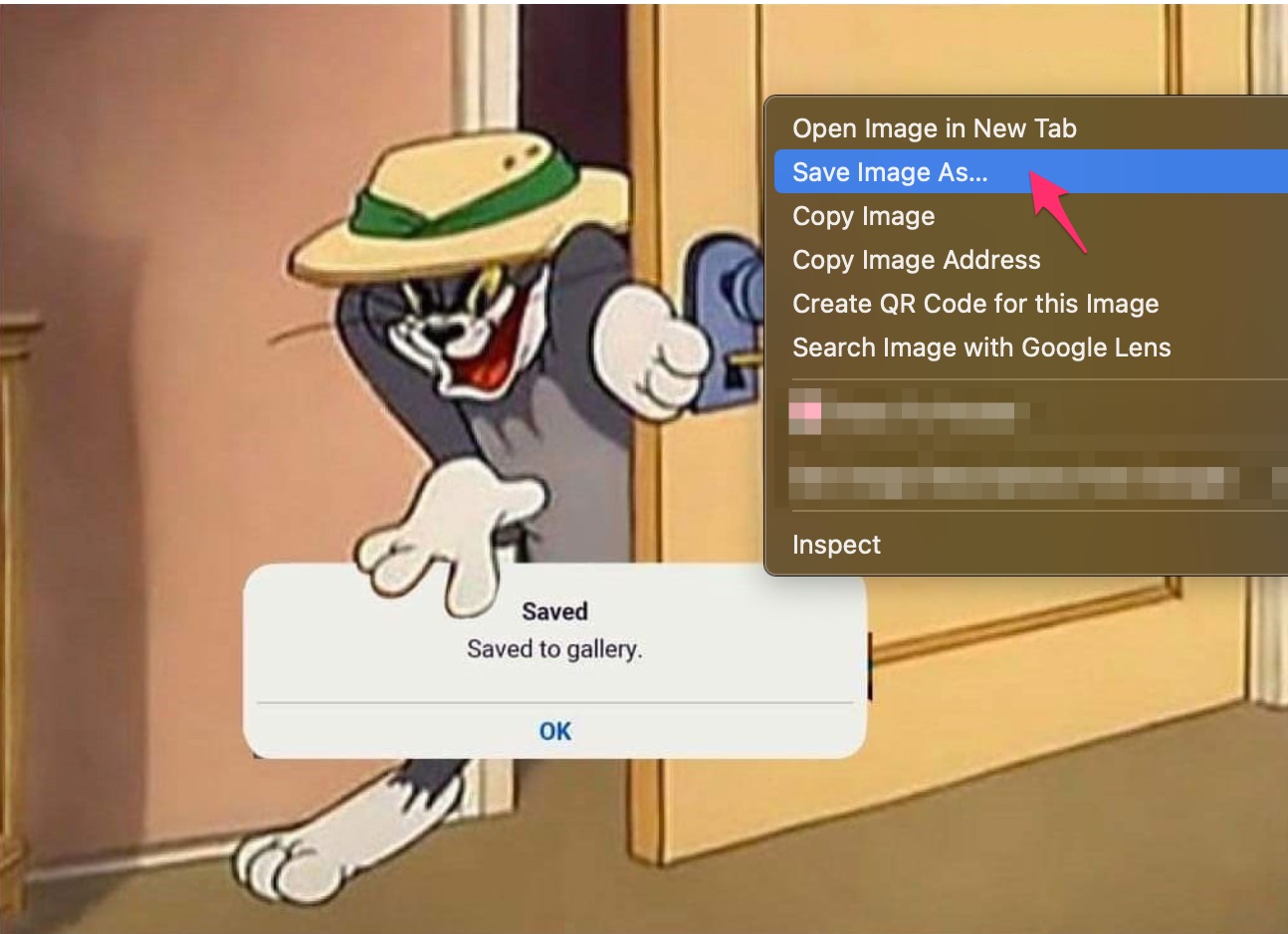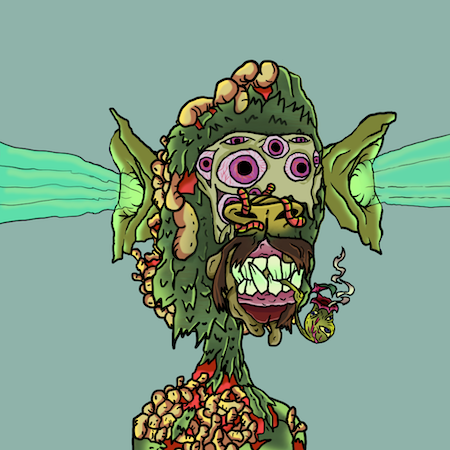Convergence: How NFTsAGMI
02 Aug 2022Opinions mine. This post draws from several historical accounts and my observations.
 |
Back in the days of Web 1.0 and the .CGI internet, the web was easy to code for. Files were legitimate end points on public servers. FTP was a popular file transfer mechanism, and so were random public folders on the web, where you could download music, movies, books, and other questionable things from the largely dial-up/cable powered web. Discovery sucked because it was usually via directory services - e.g. Yahoo’s OG homepage, or worse, forums.
 |
At the turn of the century, some smart folks saw an opportunity, built a peer-2-peer sharing platform which merged discovery, community, and content for music - called it Napster, and transformed the music industry. I was an early adopter of Napster, because it was my only form of access to the latest rock and metal music that had no distribution in India (my home country and location then). Napster’s the reason many 90s and 2000’s era bands have a fan following in Asia & EU. That and MTV for about 2.5 years. Napster and clones disrupted distribution dynamics of an industry, which was organized as RIAA.
Stopping piracy was the public narrative I recall. Some Americans might recall this PSA from Lars Ulrich of Metallica. RIAA sued and won against Napster and other platforms, and literally ran out of money suing individuals for possessing MP3s while the industry shifted from under them [source].
Tech platforms had to no option but to comply, esp those services which “could be considered” illegally distributing “original content” under the law. It is not easy to upload Audio files on public publishing platforms. Think about it, when’s the last time you saw a .MP3 file on the internet? The only way to host music which is not yours today, is to self-host it and pray you go unnoticed. By controlling the platforms, RIAA ensured music became a scare resource again whose distribution could be tightly controlled. That’s the music marketplace of today. One where I consider myself a creator.
By controlling platforms, RIAA controlled distribution. As a creator & consumer, it became harder to publish & consume music on the web. The vision of streaming platforms putting control in the back of artists has succeeded modestly, the economics still largely favoring aggregators instead of artists.
On the enforcement front, non-media platforms chose to not allow you to upload anything in the first place because it was better than reactive enforcement. Media publishing platforms like YouTube, Facebook, Instagram, TikTok use media fingerprinting tech to identify unique content, duplicates, illegal streams, fakes etc and quickly take down violations in an automated way.
IMO, for content creators, it’s probably better if YouTube shared royalties from fake-streams, dupes, and illegal uploads. Someone is doing the job of marketing the creator’s content, and might get more hits / engagement compared to the artist themselves. Incentivize rather than demonetize :)
Digital Art NFTs
Well, it should be fairly obvious now. However, I will illustrate with a “screenshot” of a meme. A clever one that you can find on many NFT threads on Twitter. Not only can I save this this meme, but I can get a screengrab while clicking “Save as” on the meme (image). You cannot do anything remotely like that with music.
 |
I’ve been a wildlife and documentary photographer for about 15 years now. Both fields have not got their due in the era of digitization & Web2. In my opinion, the mobile revolution was device manufacturers figuring out most people wanted portable TVs and cameras, and tapping to communicate. As a consequence, there are 4bn portable cameras in the world, shooting an est 30+ billions of photos daily. There’s immediately a sharing & discovery problem - Instagram, Tiktok are marketplaces trying to solve this problem. Images are still very ubiquitous on the web, and on social networks until video broke through (From Youtube … to … Tiktok).
How NFTsAGMI
Any one of these happening will make Web3 tech and NFTs immensely valuable.
-
Original digital art is offered the same copyright protection audio is. Some of this protection is already given to videos thanks to Hollywood.
-
Platforms will come around. Next generation of machines will exist virtually (e.g. Chromebook / Docker). What does “Save to Gallery” really mean if the gallery is Apple’s iCloud?
-
The NFT industry as a whole pushes for open standards on taxonomy, verification (ZK), and publishing controls(ZK would be great) (e.g. Can I as an artist, choose to delete all copies of my song?)
If a digital MET or MOMA has to exist on and be sustainable in any metaverse or network state :) Lessig’s four forces have to apply. Code exists thanks to cryptographic innovation. OpenSea alone trades over 1mn ETH daily which puts the avg monthly trading volume at ~3bn USD - that’s the market. Norms exist despite being highly risky and experimental. Laws & importantly enforcement, will catch up based on precedent and technological convergence.
Go ahead, save this NFT that I own, while you still can.

References
- FTP server images from Uglyduckblog